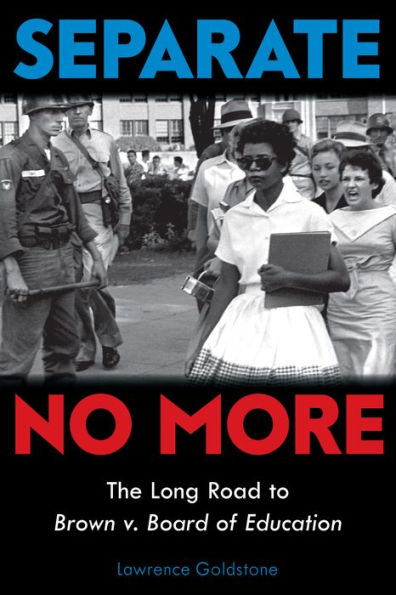Read an Excerpt
On June 7, 1892, Homer Plessy, a thirty-four-year-old shoemaker, purchased a first-class ticket on the East Louisiana Railroad for a thirty-mile journey from New Orleans to Covington, Louisiana. Although the light-skinned Plessy appeared to be nothing more than a well-spoken, well-dressed, working man, he was in fact, an "octoroon," meaning he was one-eighth black. According to an 1890 Louisiana statute, Act 111, known as the "Separate Car Law," no one with black blood could ride in railroad cars reserved for whites. Although the law stated that the separate facilities for the two races must be "equal," they never were. People of color were required to ride in the smoky, dingy, broken-down car just behind the locomotive, which became known as the "Jim Crow car."Homer Plessy had not wandered into the whites-only car by accident, nor was he unaware that he was forbidden to be there. He had entered intentionally and had been asked to do so by a group called the "Citizens' Committee to Test the Constitutionality of the Separate Car Law." The group had been founded on September 1, 1891, and consisted of doctors, lawyers, newspaper publishers, and prominent businessmen. Almost all were mixed race. Their leader, Louis Martinet, held degrees from both medical school and law school, and edited a local weekly. They had raised $30,000, a large sum of money in those days, to attempt to have the Separate Car law overturned by the United States Supreme Court.Louis Martinet and his fellows were part of the most vibrant and accomplished African American community in the South, and perhaps in the entire nation. Since the early eighteenth century, New Orleans, then under French rule, had boasted a population of educated, able free black men and sometimes women. They referred to themselves as "Black Creoles," or "gens du couleur libre (free people of color)." These men and women had prospered both before the Civil War and during Reconstruction; they had sent their children to college; they had visited Europe; some had even owned slaves of their own. The number of free black people in Louisiana — 17,462 in 1850 — was far greater than in any other southern state. Less than two thousand lived in neighboring Mississippi.Although considered "colored" by whites, many members of the New Orleans African American community had often married whites, and after generations, the races had intermingled. Someone half-black was called a mulatto; quarter-black, a quadroon; and one-eighth black, like Homer Plessy, an octoroon. Octoroons usually appeared so Caucasian that they could come and go in white institutions without anyone questioning their lineage.And so, after he had been shown to his seat, Plessy informed the conductor of his racial background. The conductor, who could be sent to jail for letting a person of color ride in a white car, instructed Plessy to move to the Jim Crow car. Plessy refused. He was arrested and taken to jail. Everyone involved — the conductor, the police deputy, and Plessy himself — had been courteous and respectful. Bail was soon posted and Plessy released...



